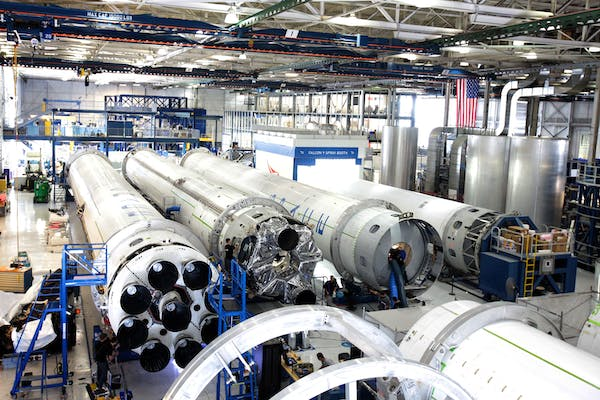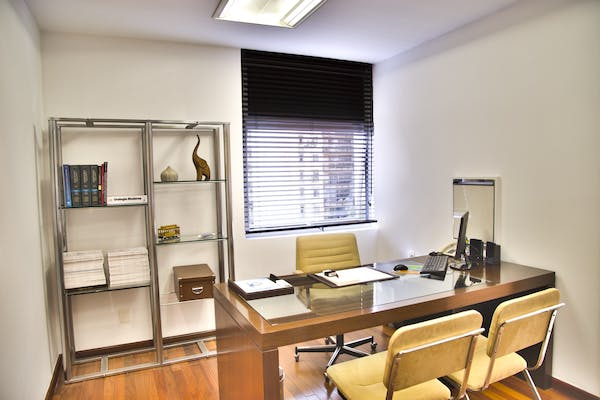Creating an atmosphere that supports productivity and worker well-being is important for every organization. The work environment has the power to promote efficiency or hinder it. In the healthcare industry even more so. Both patients and employees must be protected from climate discomfort and airborne contaminates like dust, mold, viruses, and other bacteria. Knowing how industrial humidifiers work delivers actionable information on how to optimize both the humidity and cleanliness of the atmosphere along with the health and productivity of the individuals in your facility.
Understanding the Basics
In order to keep the right level of humidity inside healthcare facilities, it helps to understand how industrial humidifiers work and the technological innovations available. The temperature and humidity level indoors depends on the type of climate control system you have in operation. The evaporator coil in every AC unit is designed to remove moisture from the air. Since humidity holds heat, cooling units work to eliminate it. However, without a humidification system in place, the dry air causes a number of physical discomforts and risks. Itchy skin and sinus problems resulting from poor humidity irritate patients and employees, while microscopic contaminants circulate freely in the dry air and increase the chance of infection.
However, with the right amount of controlled moisture in the environment, dust particles and smaller airborne contaminates are grounded, reducing the risk of exposure and infection. The comfort generated by an effective humidifier also increases productivity by reducing skin and breathing irritants.
How Industrial Humidifiers Work in the Healthcare Industry
When innovation is used to distribute efficient climate control and humidity levels, the discomfort of patients and employees is reduced and the sanitation quality of the facility is improved. According to the Mayo Clinic, an optimal level of moisture in indoor atmospheres has a positive influence on productivity and health because it can “ease symptoms of a cold or another respiratory condition” as well as problems associated with dry air, including:
- Itchy, dry skin—this is detrimental to patients and irritates employees who perform delicate operations. In addition, cracks in the skin generate a higher susceptibility to infection.
- Nasal allergies—many people suffer from allergic reactions to dust, mold, and other breathable particles. De-correlation technology maximizes adhesion to these harmful irritants resulting in fewer health problems and employee absences.
- Cold Symptoms—Improves breathing for stuffy noses.
- Spread of Bacteria and Viruses—By attracting and removing airborne microbes the right humidification system reduces the spread of infection.
Humidifier Operations and Innovations
Understanding how industrial humidifiers work in the healthcare industry involves recognizing the improvements developed over the last few decades. A variety of humidification systems available offer specific features and installation options. To generate precision control, low-cost operation, and 100 percent dust suppression, you’ll need to look for a few particulars, including:
- 4.2 Micron Droplet Size—Achieving maximum evaporation and water efficiency requires that the surface area of the droplet size be small enough to permit it to stay airborne and evaporate completely before contacting any surface.
- Energy-Efficient, Natural Processes—The adhesion and cohesion properties of water are caused by the molecular charges present. De-correlation technology reverses cohesion to deliver the most energy-efficient method for droplet generation. Moreover, since adhesion properties are naturally increased by the process, sanitation is improved.
- Durability—Look for non-clogging orifices that resist rust and deterioration.
- Vacuum Technology—The ability to rapidly cool both the air and the water used in the humidification system further decreases operational cooling costs.
- No-Heat, Low-Pressure Function—Pneumatic, compressed air, and low-voltage function ensures a high level of safety without any moving parts triggering maintenance headaches. A controller unit that monitors and delivers accurate humidity and temperature measurements using algorithms to determine the most efficient moisture levels for the environment delivers worry-free operation.
- Installation Options—Popular options include mobile, direct-space, and in-duct systems
Knowing how industrial humidifiers work to keep the atmosphere in a healthcare facility clean and healthy delivers insight into how to improve productivity. Contact us to learn more about Smart Fog® humidification systems today.





